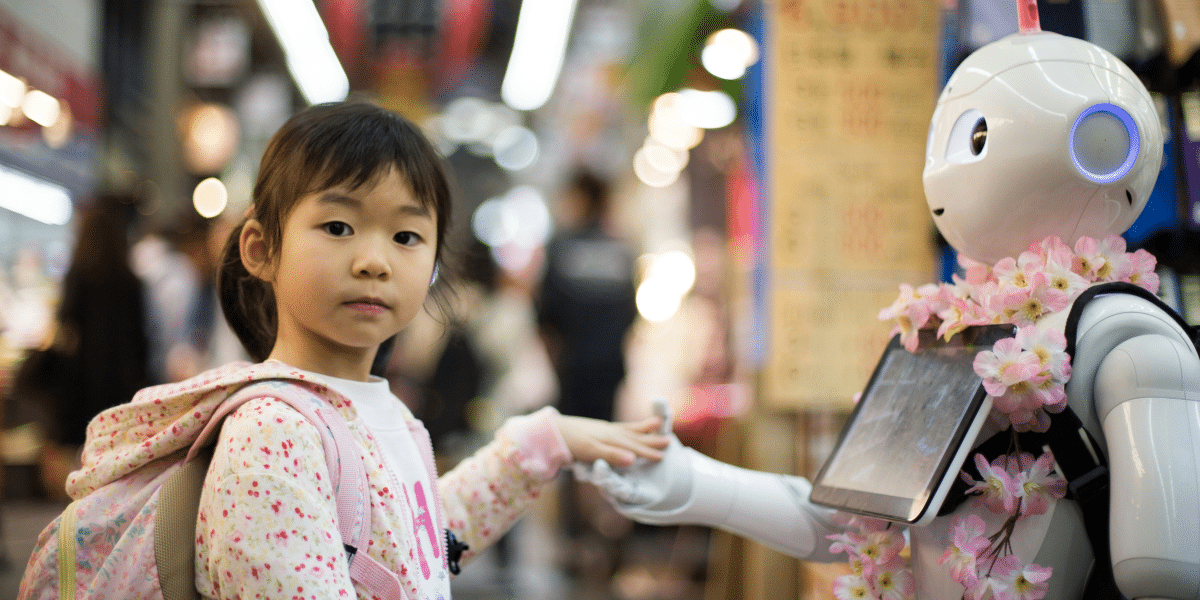By: Pongpichit Chuanraksasat
The COVID-19 pandemic has reshaped people’s ways of life, altering how they work, socialize, and conduct business. According to The Straits Times, the digitalization of businesses during the pandemic has brought about a fracture of the supply chain, where product sales are now primarily made online and conventional businesses with physical stores, together with their employees, are required to undergo transformation. While many have adapted to this new normal, the financially vulnerable struggled to reconcile with the rapid changes that unfolded over the past years, affecting their income and, thus, quality of life. In Singapore, a study has shown that almost half of the households with monthly income less than $2,900 reported disruptions to their income because of the pandemic, while over 30% of those households even had trouble paying for their living expenses. With the scale of this issue, alternative sources of financial support, in addition to interventions by governmental schemes, are needed to alleviate COVID-19 impacts on vulnerable segments of society.
Aspired by her volunteering experiences, Myn Chew, an 18-year-old student from Singapore, initiated a fundraising campaign, “HopeFood,” to support Food from the Heart, a Singapore-based independent non-profit organization that distributes free food packets to support over 12,000 families in need every month. “I realized that this scale of food donation requires a large sum of money to operate and, for our fundraising initiative to bring about real impacts, I needed to re-invent the way to raise the money,” Myn rationalized.
Unlike conventional fundraisers, HopeFood partnered with local businesses and helped them promote their products through the fundraiser’s social media account, while the business voluntarily shared parts of the profit made with the campaign. A voluntary share of profits ensures that every business participation in the campaign is economically viable while the businesses contribute to this altruistic cause. In addition to profit sharing, the campaign further garners public donations by advertising through social media of local influencers who are active donors or promoters of charitable organizations. By focusing on influencers with aligned missions, HopeFood ensures that every collaboration can reach out to as many donors as possible and, concurrently, bring about a positive outlook for all of HopeFood’s collaborators.
Over the course of a year, HopeFood attracted 18 small and medium-sized local enterprises, who willingly contributed up to 50% of their sales profits to the campaign. The final donation accumulated up to nearly S$20,000, which directly went to benefit Food from the Heart‘s operations and provided over 500 packs of free food ration for the less fortunate ones.
Though it was evident that the impact of HopeFood was substantial, Myn and her team were committed to further refining their approach for future fundraising. The initiative could be expanded to address other societal challenges. Myn pointed out, “In metropolitan areas such as Singapore, raised funds could contribute to creating a more inclusive society for the disabled, including the development of infrastructure for the physically disabled and raising awareness of invisibility such as cognitive dysfunctions and mental health conditions.”
To enlarge the scale of funds raised, Myn and her team planned to reach out to large corporations that are working to enhance their sustainable business practices. While enterprises mainly refine their internal operation to achieve Environmental, Social, and Governance (ESG) goals, collaborations with business-driven fundraising, such as HopeFood, could serve as an avenue for companies to execute sustainability targets and demonstrate their commitment to the issue. As businesses remain a pivotal factor for society’s success in resolving sustainability issues, such collaborations between businesses and non-profit organizations can expedite the journey to achieve a more sustainable society.
In essence, HopeFood epitomizes the power of youth-driven grassroots movements to effect positive changes. Through her leadership and collaborative spirit, she has not only provided immediate relief to those in need but has also laid the groundwork for sustainable philanthropic endeavors. As we navigate the complexities of a post-pandemic world, Myn’s journey demonstrates the transformative potential of community-driven initiatives in building a more resilient and compassionate world.
Published by: Martin De Juan









